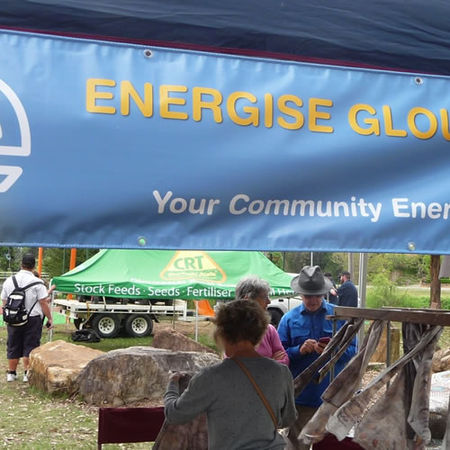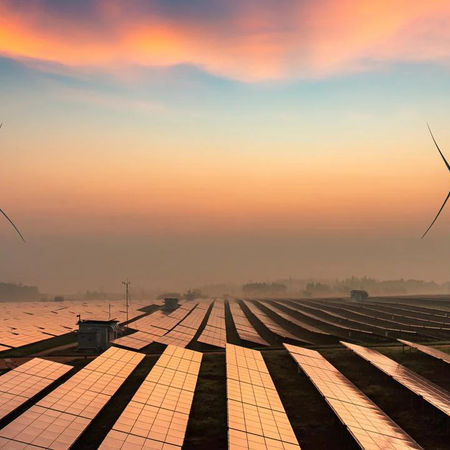
Chairman’s Note
Welcome to members who have joined recently. Over the past month, we have continued to develop three projects as indicated below.
We will be applying to Mid Coast Council for a grant under their Stronger Communities Program to help fund our Energy Efficiency Audit Project. Welcome to Andrew Coombe who is joining the Committee to manage this project as discussed below.
It seems that every week there are new developments in alternative energy technology in Australia and this newsletter talks about some of them. If you find new information about such matters please pass them to our Newsletter Editor so that we can share them.
Yours with energy,
David Marston (Chairperson)
Project Updates
Neighbourhood Centre Solar PV.
We are working to complete the financial management documents for the BWNG roof solar project. This means we can then draw up a tender document for the supply, installation and maintenance for the PV System. We are also drafting a “Heads of Agreement” between EG and the BWNG, that will enable us to negotiate a contract.
This is called a “behind the meter” system because we will be directly selling the electricity generated to the BWNG. This will reduce the amount of electricity that they will need to purchase from an energy retailer such as AGL or Origin. This “behind the meter system” complies with the legal process in NSW for generating and selling electricity.
We are currently talking with Repower Shoalhaven as they have a similar project up and running on the Bowling Club at Nowra.
Energy Efficiency Audit.
Energise Gloucester is developing an energy project. This project will provide people with an opportunity to have their energy usage assessed by trained auditors. The auditor will also suggested ways of improving their energy use efficiency.
We have been in touch with Z-NET Uralla who have shared valuable information on their energy audit project. This has helped us in the development of an application for funding from Mid Coast Council. If successful, this will enable us to employ a person part-time to undertake the audits once the person has been trained and accredited.
You should have received an online survey to give us valuable data for this application. Thank you to those who have completed the survey. If you haven’t completed the survey, you have until the 31 May.
Community Solar Energy Farm
As a result of the Gloucester Sustainability Convention in March, an idea was formed to develop a community solar generation project. This mid-sized solar energy farm will be designed to generate 100 –1000 kW. It is will be community funded and will provide the Gloucester community with the opportunity to buy locally produced green energy at a competitive rate.
Energise Gloucester is working with Mike Ramsden to develop an outline for a feasibility study for this project. Mike has technical skills in this work and is volunteering his services to help manage the study. It will take time and considerable effort to undertake the study and determine what, if anything, is possible.
The size and cost of a possible project will be assessed in the study so you will hear more about this over the next few months. Again there are similar projects already operating and we are investigating them to gain more information.
Recent Energy Developments in Australia
Over the last month there have been several exciting develops that could lead to improved energy management and use in Australia. The following two articles outline some highlights about these.
Hydrogen Car
Hydrogen cars have been operating in some Asian countries for a few years and now Hyundai is selling them in Sydney

The hydrogen fuel cell converts hydrogen and oxygen into water releasing energy that is converted into electricity, This leaves water vapour as the only bi-product. They’ve been in use for decades and gained prominence when the U.S. space program took off in the 1950s. It’s only been in the last few years that they’ve become cheap enough for more widespread commercial applications such as powering cars.
Sourcing and handling the hydrogen for transport and storage remains one of the biggest logistical and financial challenges. CSIRO has just released a metal membrane that can separate hydrogen gas from ammonia which will allow better storage and transport. It has been proposed that Australia could use its abundant wind and solar energy to generate ammonia and then ship it to Asia in the same way that LPG is being transported.
Japan’s push to use hydrogen to fuel vehicles is running alongside it’s initiative to use more electric vehicles. In fact Japan has done more than any other country to establish fuel cells as a viable technology for power generation and fueling cars.
One catalyst is the Tokyo Olympic Games in 2020. Plans have been announced that hydrogen refuelling stations will be developed and be available by the time of the games. They will also have more than 100 hydrogen-fueled buses operating in Tokyo by then as well.
Light Weight PV Material
Australia’s position as a global leader in light weight printed solar panel film has surged, following the unveiling by the University of Newcastle (UON) of its first printed solar panel demonstration site.
The following is a short extract about the material. Further details can be obtained at https:// www.newcastle.edu.au/research-and-innovation/ centre/coe/about-us#WLjqCgwmwyXU3wAw.99
Professor Dastoor of UON says the material can be rapidly manufactured, enabling accelerated deployment into the marketplace. “No other renewable energy solution can be manufactured as quickly. On our lab-scale printer we can easily produce hundreds of meters of material per day; on a commercial-scale printer this would increase to kilometres. If you had just ten of these printers operating around the clock we could print enough material to deliver power to 1000 homes per day”.
Unlike traditional PV panels, the printed solar panel film can maintained a more constant power flow in low energy input situations. “Our printed solar solution continues to function consistently in low light and under cloud cover, which means that users don’t experience dips in productivity. The film is so sensitive, the material can even produce small quantities of energy from moonlight” said Professor Dastoor.

It is also so lightweight that the film is fixed to the roof and walls of the demonstration site simply by Velcro strips, and ‘roll-out’ is exactly like rolling out a long sheet of the laminated material. It can be attached to temporary buildings and even tent structures. This would make it very useful in emergency disaster relief where the lightweight makes it easily transportable and rapidly installed for electricity generation.
Do you know the Answer?

What is the bi-product of a hydrogen fuel cell?
Be the first person to send the correct answer by email to the editor@energisegloucester.org and receive a complimentary coffee at The Fox Den.
The answer to last month’s question was option C. Recycle, reuse, reduce
The first person in with the correct answer was:
DEBORAH FERGUSON






